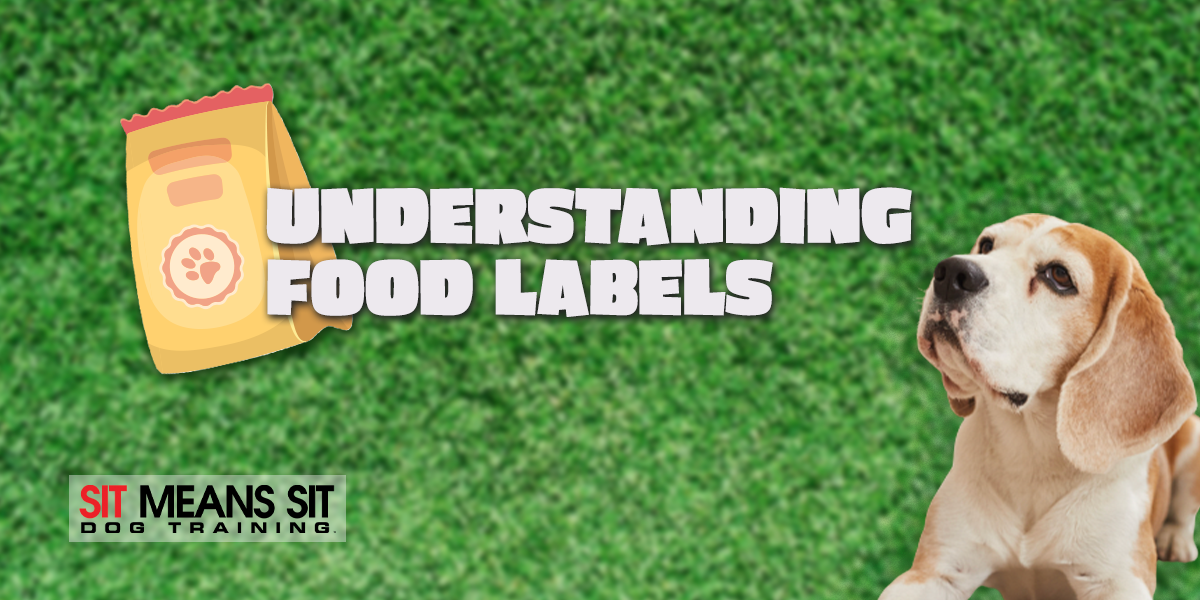
Understanding Your Dog’s Food Labels
Reading and understanding food labels can be a challenging task. So, read below for tips on understanding dog food labels!
Regulations
AAFCO has standards for testing and labeling pet food. The organization guides the state and federal feed regulators by setting ingredient definitions as well as label and laboratory standards. Meanwhile, the FDA has the authority to regulate dog food production, and the Center for Veterinary Medicine evaluates health claims on food labels. These regulators ensure that your four-legged friend is fed healthy and nutritious food that labels products clearly so you know exactly what you are getting.
Naming Rules
There are four main rules when it comes to naming pet foods. The first is the 95% rule, which implies that 95% of the named ingredient is in the product’s total weight. For example, a product labeled “chicken for dogs” must include at least 95% chicken. Alternatively, if a food label stays “chicken dinner for dogs,” this label follows the 25% rule. When a label uses words such as dinner, entree, platter, or formula, the protein makes up less than 95% but at least 25% of the total weight.
Furthermore, if a label contains the term “with,” then the product must only have a minimum of 3% of the named ingredient. Additionally, if a product is “flavored” with a particular protein, then the food company is not required to have a specific percentage of the ingredient.
Guarantees
The FDA requires pet food to have a minimum amount of nutrients, maximum moisture, and crude fiber. So, the label must display the percentage of crude protein, crude fat, crude fiber, and water. Additionally, if the label claims the food is low-fat or has specific vitamins, the amount supplied in the product must be guaranteed.
Ingredients
Ingredients are the most important thing to be aware of as a pet owner. The AAFCO has rules regarding ingredient lists. For example, ingredients must be listed in descending order by weight. So, the first ingredient listed makes up most of the food blend. Ideally, this should be the protein source. Additionally, each ingredient must be listed individually and by their common name.
Life Stages
Understanding that foods may be formulated for different stages of your dog’s life is essential. For example, foods can be developed for growth, maintenance, gestation, or all life stages. So, if a label states that it is “balanced and complete,” it means that it has met AAFCO standards to be approved for all life stages of an adult dog. Additionally, it is essential to feed your companion food designed for their life stage so they get the necessary nutrients they need.
Feeding Recommendations
Food labels tell you how much and how often to feed your dog. However, these are just recommendations. Breed, temperament, environment, and other factors can influence how much food your furry friend needs. So, talk with your vet about how much you should feed your canine!
Follow the tips above to help you understand all the information on dog food labels!
